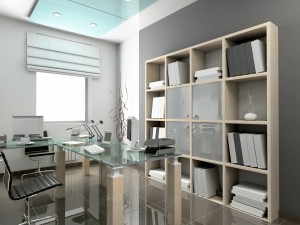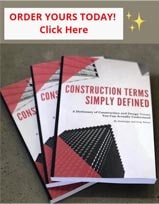Essentially, leasehold improvements include any remodeling or other alterations and enhancements made to a leased property. For accounting purposes, any kind of tenant improvement done during the duration of the lease is recorded as an asset, along with an equivalent liability. It is amortized over the remaining term of the lease or the life of the renovations, whichever is shorter. When the lease is terminated, any improvements that have been carried out typically become the property of the owner without any obligation or cost.
The Purpose and Benefits of Leasehold Improvements
 When a tenant rents a commercial space, he or she usually has to take the property as it is, in its current condition and with its present layout. Very often, the design or state of the commercial space isn’t in tune with the business owner’s vision of what is required to deliver their particular goods or services. Consequently, an agreement allowing for leasehold improvements can be established, which is an arrangement that definitely benefits both the lessee and the property owner, as well.
When a tenant rents a commercial space, he or she usually has to take the property as it is, in its current condition and with its present layout. Very often, the design or state of the commercial space isn’t in tune with the business owner’s vision of what is required to deliver their particular goods or services. Consequently, an agreement allowing for leasehold improvements can be established, which is an arrangement that definitely benefits both the lessee and the property owner, as well.
There are several benefits gained by performing quality leasehold improvements. Obviously if the set-up and overall design of the rental space better facilitate the particular services of the occupant’s enterprise, that tenant will likely have more success in drawing and keeping valuable customers. The property owner also benefits from the renovation becauseRead More »


 Loading
Loading 





